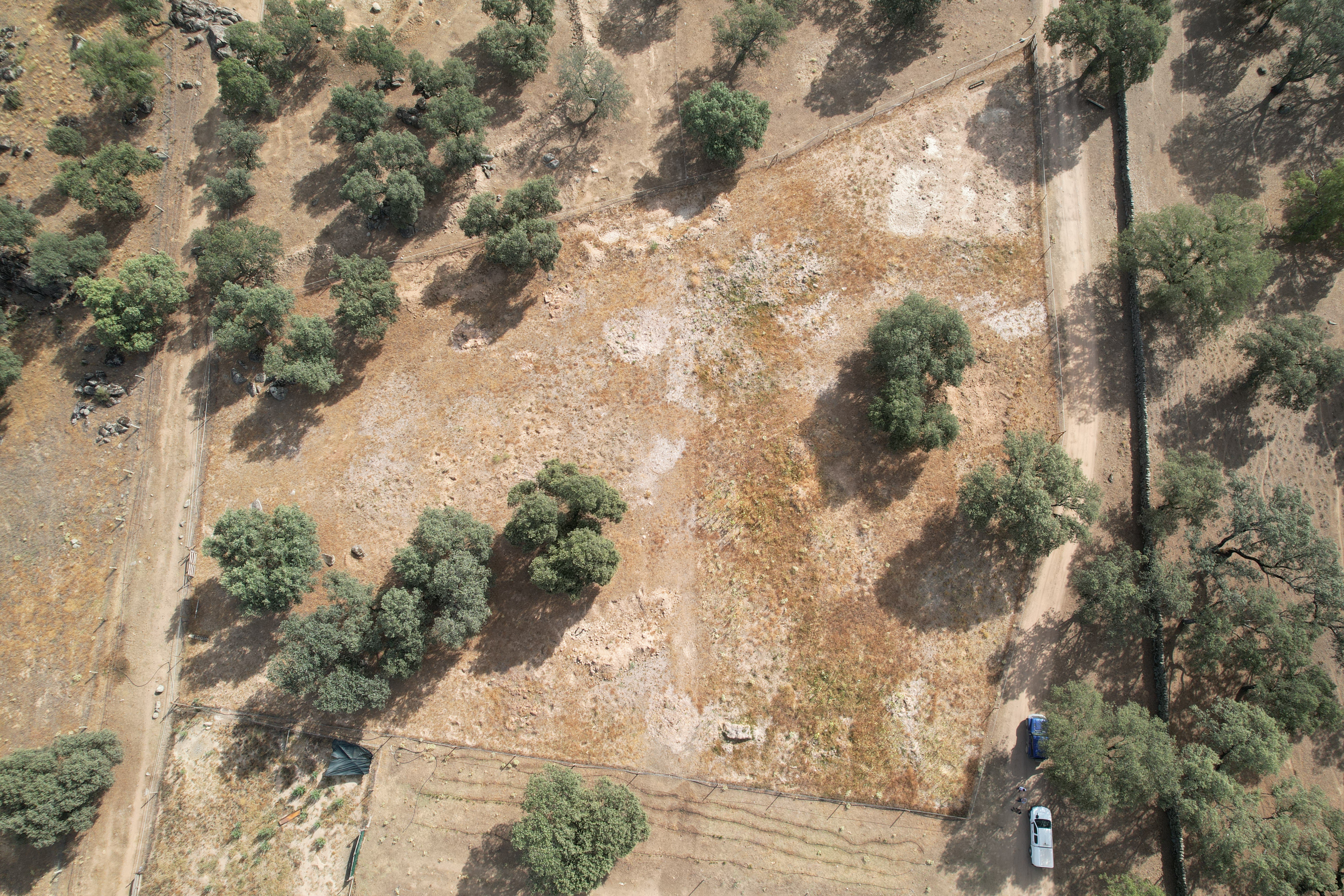Granja Caimito
The project Granja Caimito aims at creating food for humans in a sustainable way that mimics a natural ecosystem. Some people call that approach regenerative agriculture.
They are not about extracting from the ecosystem but instead, they aim to generate abundance so that we can take away the surplus for human consumption without forcing the whole system into decline.
In the beginning of 2024 they used the Miyawaki technique to create a mini forest in their property. Local species were selected for this Miyawaki Forest, a very diverse multi-layer selection, all of them adapted to the dry conditions in this region. The objective is to create a lush patch of land in a short time, where humidity gets trapped thanks to the density of plants and the birds and other animals can use as a shelter. The idea is to test how the Miyawaky technique can be applied in this type of climate and be able to replicate this approach in other parts of the property.
Adopt trees to contribute to this project
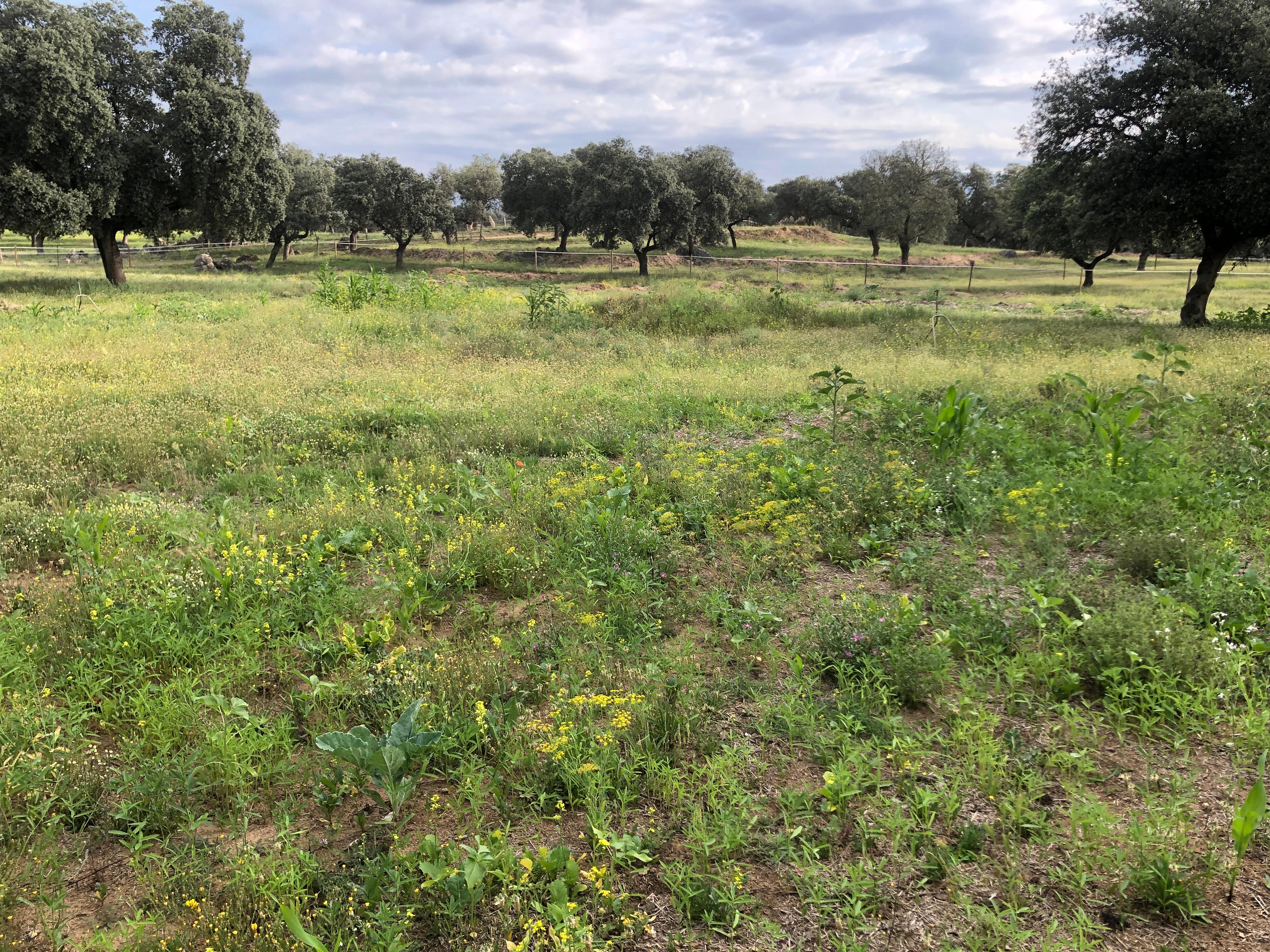
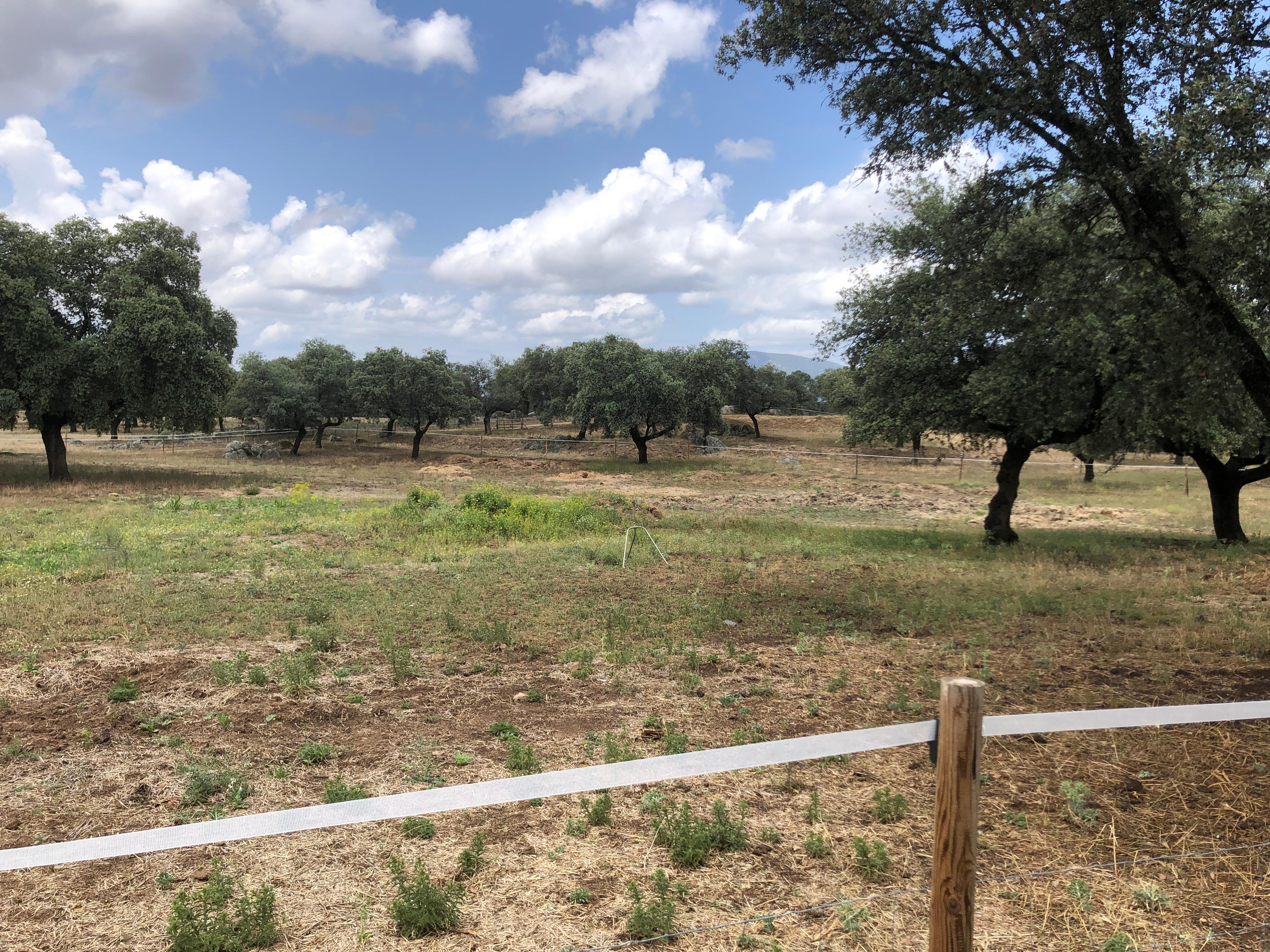
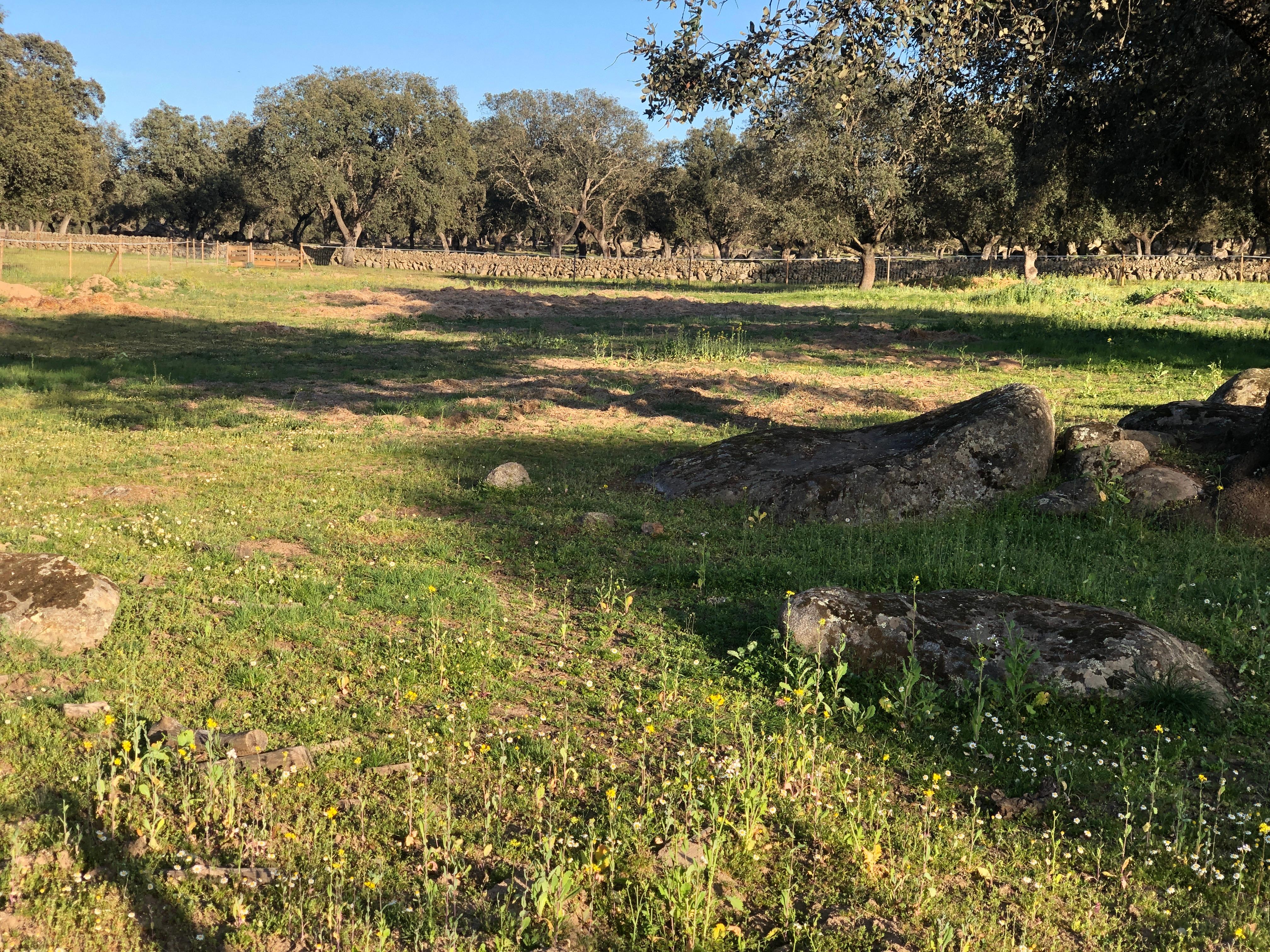
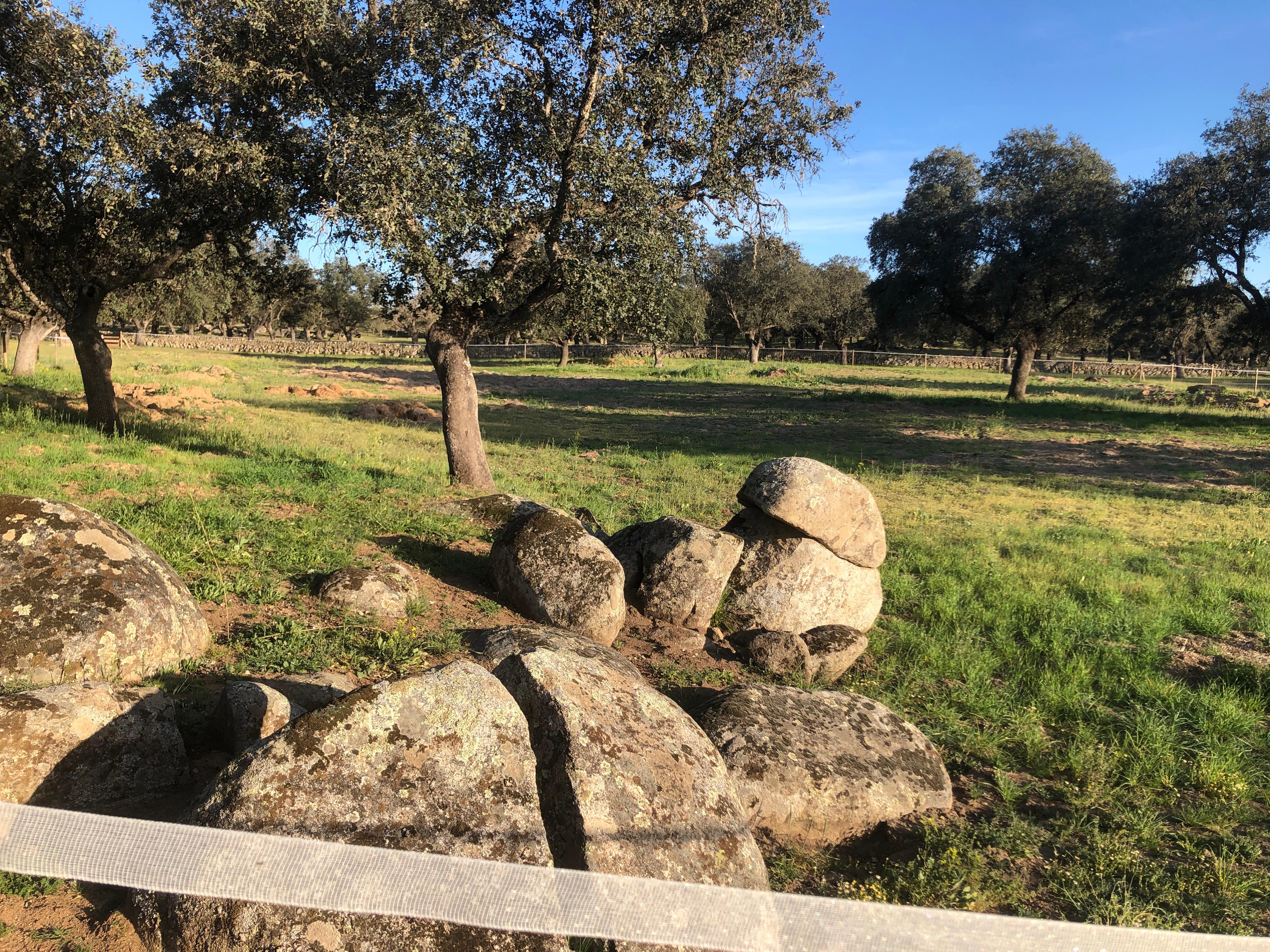
Plot information
The farm is 45 ha located in the Valle de los Pedroches in Andalusia, Spain. It is situated in an old agroforestry system called Dehesa in Spanish. The landscape is dominated by oak trees and not much is left from the other vegetation that once existed. The soil is mostly damaged and has very little organic material in it.
Agriculture
In the past, intensive agriculture brutally impoverished the soil and desertification is clearly visible today. It is impossible to plant or harvest a crop at this time. Landowners prefer to use existing resources, including water, to restore soil and forest so they can then practice agroforestry.
Animal Impact
Landowners keep more animals, as they perform a vital function in their restoration efforts. For example, not only do their excrements add nutrients to the soil, but also their hooves open the crust to allow water to infiltrate, and the pigs' uprooting also helps the soil.
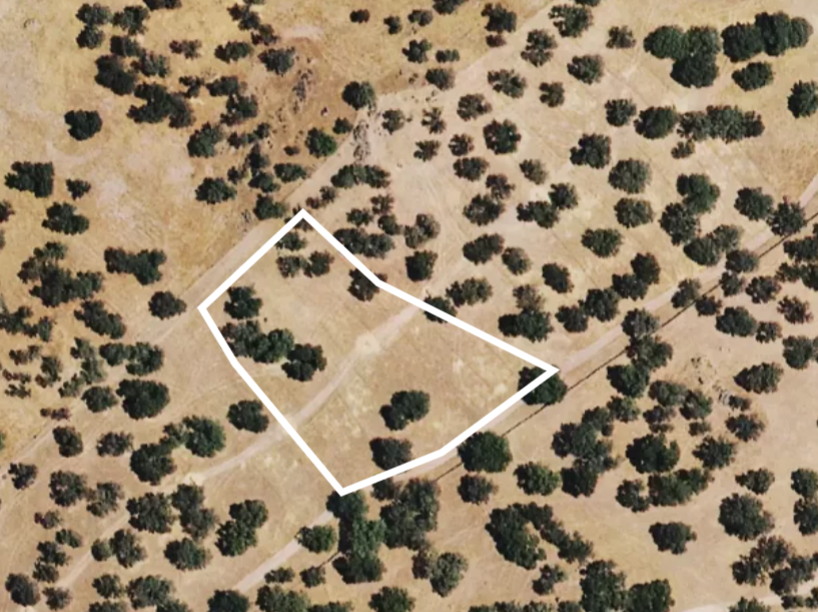
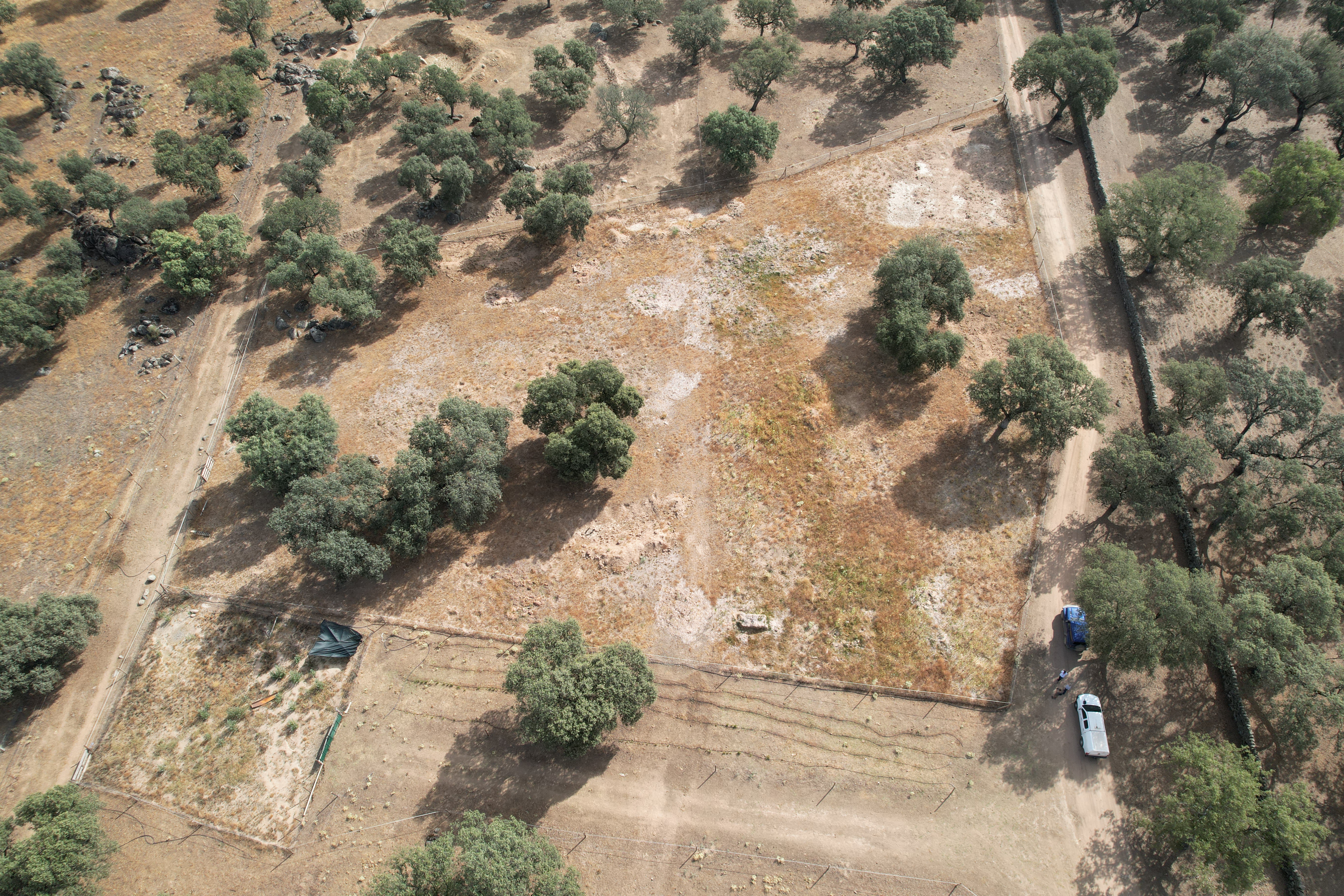
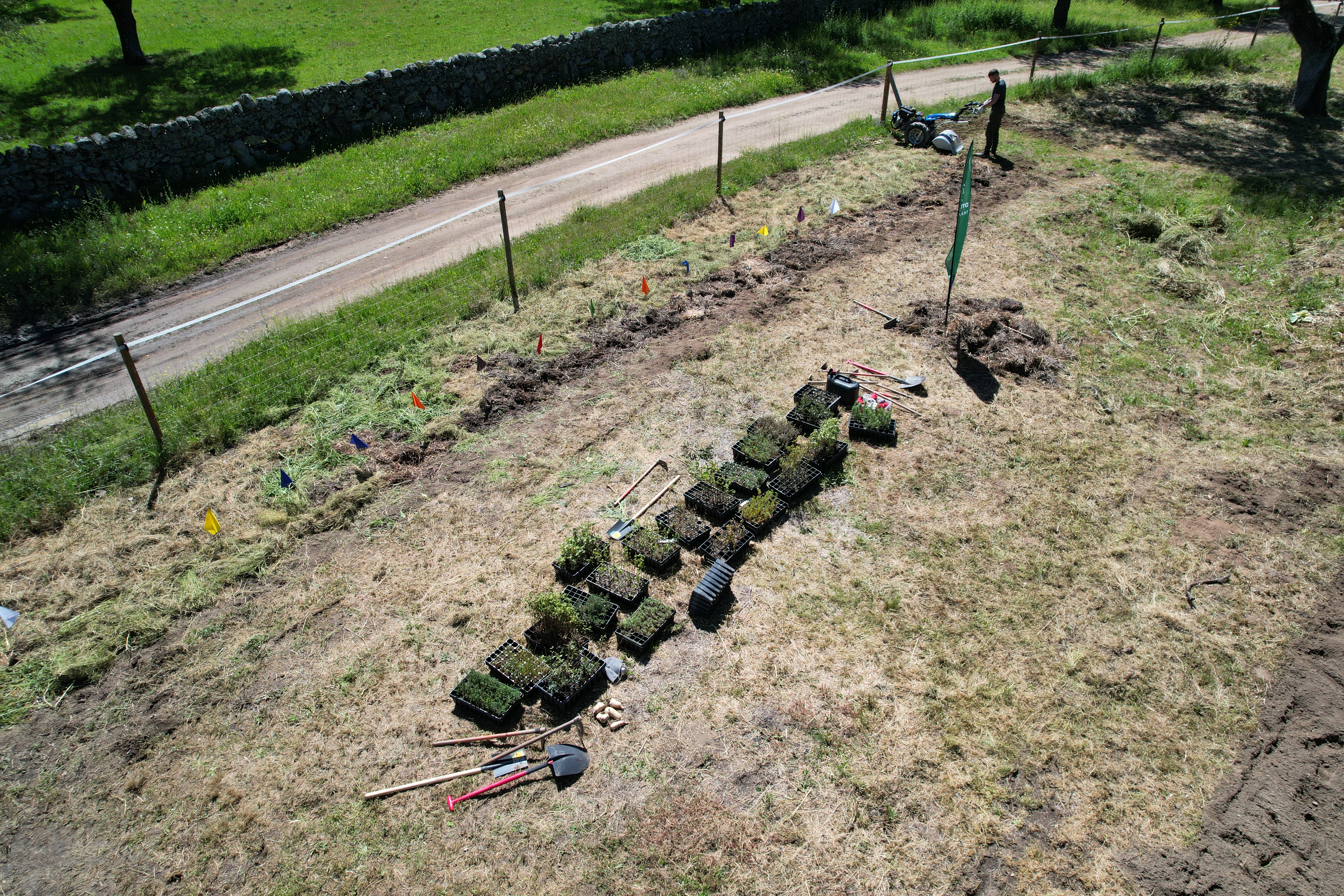
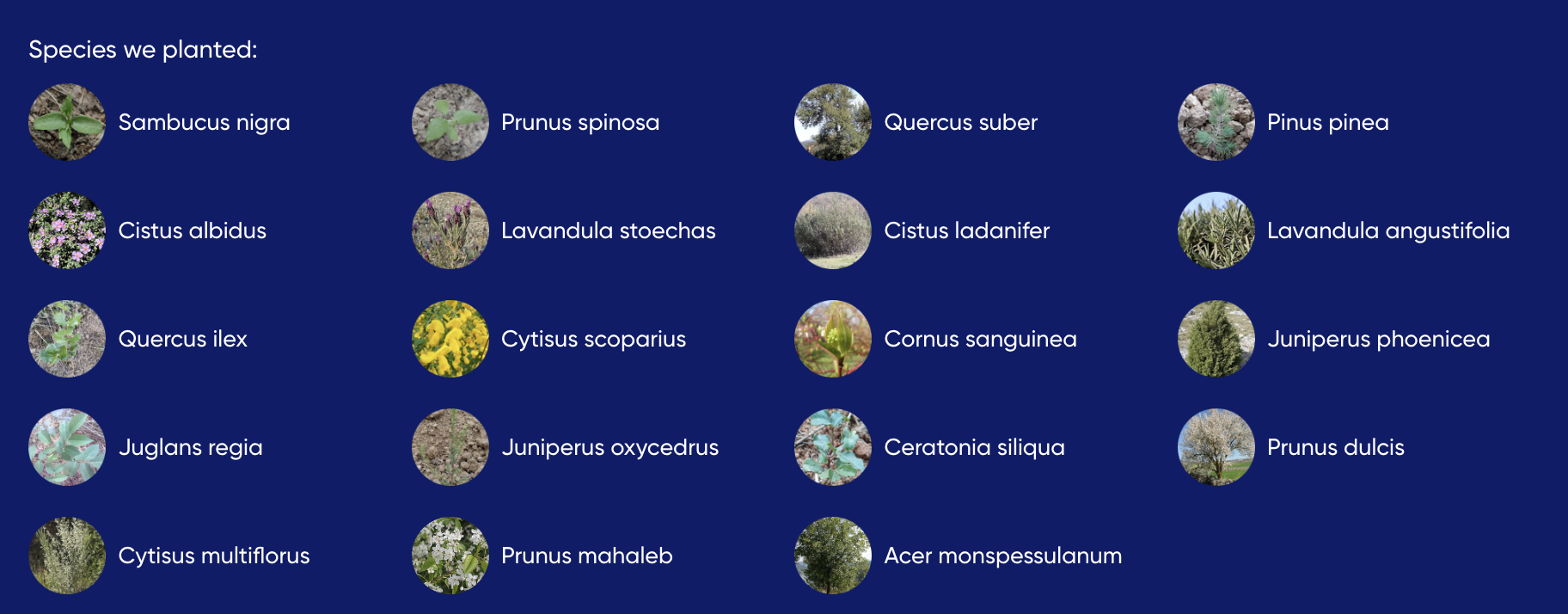
Adopt trees to contribute to this project
